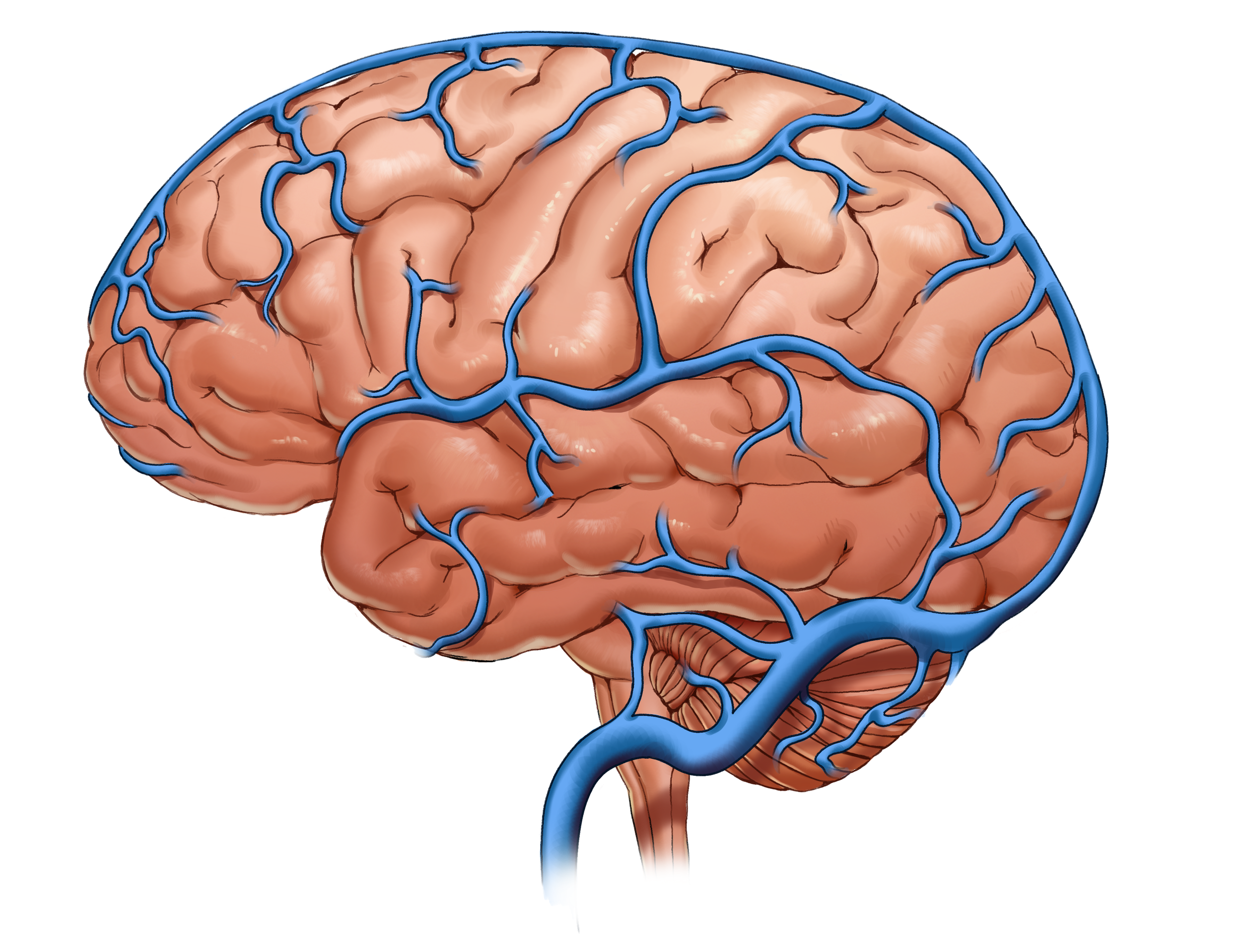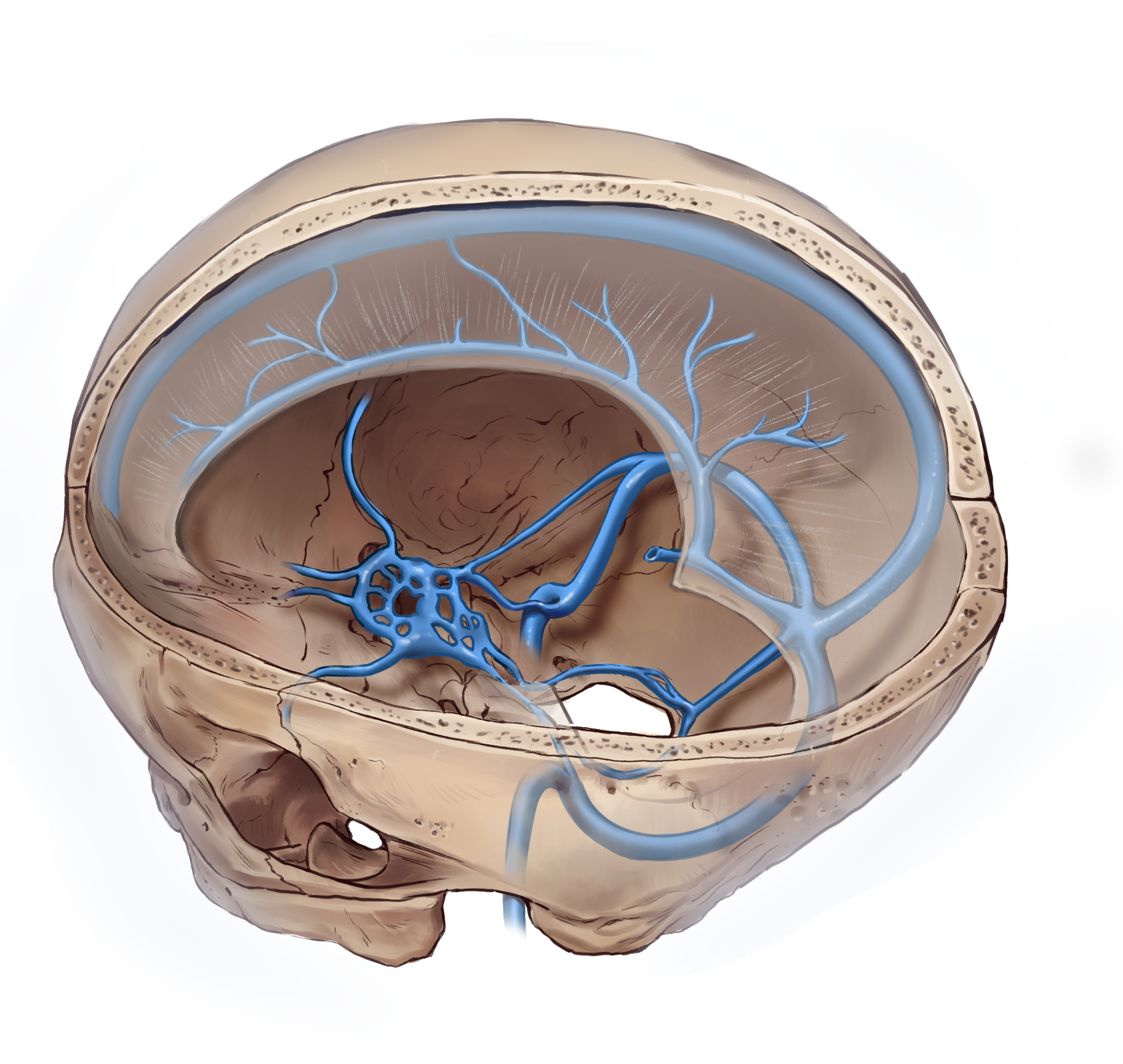
Neuroanatomy • 2022
Neuroanatomy Spreads.
STORY
The goal was to create two neuroanatomy textbook spreads on the topics of the venous drainage of the central nervous system (CNS) and the vestibulocochlear nerve (CNVIII). A different role was taken for each spread as either the researcher and layout/line artist or the renderer.
This project was created in collaboration with Amy Zhang and Abeeshan Selvabaskaran.
OVERVIEW
Textbook spread
FORMAT
TOOLS
Photoshop, Illustrator, Miro, Figma
CLIENT
Prof. Shelley Wall, University of Toronto
Venous Drainage of the CNS
PART I
Research, Preliminary Layout & Line Art
This project was split into two main roles, researcher/line artist and render. My teammate, Amy Zhang, played the first role in this project by researching the topic, creating the sketches and line art for the spread, then creating a preliminary layout for the illustrations with copy within the constraints of style guide* for the neuroanatomy textbook.
*See Appendix: Style Guide at the end of this case study.
Rendering
Once handed the line art from my teammate, I redrew the sketches for line consistency and to render the illustrations based on references such as Thieme and Grant’s Atlas. I began by filling in structures with base colours, which I selected from the style sheet, and added additional colours to add shadows and highlights - creating sense of depth and form.
Compiling, Labeling & Refining
Once rendering was complete, I compiled and labeled all of the assets in Illustrator, making minor adjustments to the layout as needed.
Vestibulocochlear Nerve (CNVIII)
PART II
Research, Preliminary Layout & Line Art
For this portion of the project, I was responsible for conducting research and creating the layout and linework for the spread (final render by Abeeshan Selvabaskaran).
Final Layout
For the final layout, I decided to take out the Clinical Context section and focus on clarifying and improving the section on the Vestibular System in general as I felt it would be too much information to digest on one page.
APPENDIX
STYLE GUIDE
We created the style guide to maintain cohesion among layout, colors, text and graphical elements between all the textbook spread pages.
Click to view the .PDF version of the style guide below.




